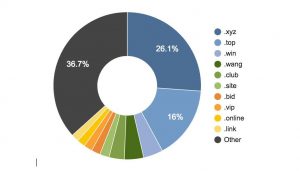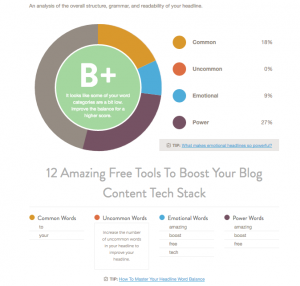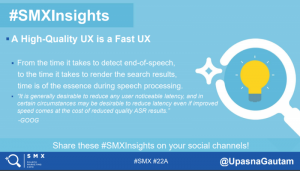
I’m Too Busy for SEO!
As a freelancer for many years I know what it feels like to be a web designer who’s strapped for resources, trying to do a great job for your clients, and feeling like there just isn’t enough time to handle marketing tasks like SEO.
Whether your a generalist web design freelancer or just an entrepreneur launching your first product site, SEO often gets left until the last minute and by then you’ve already made things more difficult for yourself.
How about a 5 point rundown on the absolute must dos for SEO? With these 5 points you will have taken care of about 80% of what really needs to be done to optimize your site for search engines and if you follow this list you will at least have a website which is built on a solid foundation so if you have time you can come back and do a more in depth optimization in the future.
Here we go.

Build SEO Into Your Plan From the Beginning
I’ve already mentioned this one once and that’s because it really is the most important point. There’s no magic bullet to SEO. Getting results takes work. However, there are two different ways to work. You can either work hard or work smart. Both types of work will get you to the same result. The difference is you can either do it efficiently and have time for a margarita in the hammock or you can do it slowly and be all sweaty when you get to the end.
To work smart with SEO first you need to figure out how the software that you plan on using handles URLs, page titles, and meta descriptions. Do this before you start building. You can use whatever software you like. I am not going to advocate for one language or CMS over another but whichever software you pick you need to do research and understand how it handles SEO. Here is a basic SEO rundown for popular CMS’s.
To Continue to work smart you need to create an outline of how you are going to structure the content of your site. If you want to you can do a full silo plan for your site but if you’re like most busy people you probably don’t have time for that.
The solution is just to create an outline of your site which lists the top level navigation (home, about, contact, etc.) for your site and then lists what content will be go into each of those areas. If you are planning a blog you can do the same thing for your topics. Create a clear structure that will be easy for people to navigate. The key here is that people need to be able to easily understand where they are on your site at all times. If people can navigate it then search engines will be able to navigate it as well.
Use Longtail Keywords
When you are creating the pages and topics for your site think about writing your content around terms that will make your site both relevant to your readers/customers and uniquely specific to those people. “Dog parks” is a term that would be relevant to your readers if you are running a doggie blog. “Dog Parks in Berkeley” is even better. It’s relevant to your readers but it’s also specific to them meaning that you will be getting just he right information to just the right people. These highly specific keywords are called longtail keywords and they are a good way to maximize the effectiveness of your content by making sure that you are reaching people who will be very interested in your website, product, or service specifically. Here’s my 2-step process for finding winning keywords.
Sitemaps
Ever pulled up to an intersection and cursed the local urban planners because there was no street signs? That’s how search engine bots feel most of the time. They have to do a lot of extra work to figure out what your site is about and that negatively impacts your SEO. A well built site map is like a feast for search engines. Search engines love them. It allows them to very easily get a complete picture of your site in milliseconds and they don’t have to do any guessing which adds up to more targeted traffic coming to your site.
Keyword Your URLs, Descriptions, and Page Titles
The urls, meta descriptions, and page titles you chose for your site should use the same longtail keywords that you are using in your site content. URLs, meta descriptions, and page titles are 3 ways that you can tell search engines who your site is important for. Longtail keywords give search engines a clear signal that the page that you are presenting is going to be full of very tasty information for whomever is searching for it.
Use Google Search Console
It used to be called Webmaster Tools, now it’s called Search Console but it’s still the easiest way to tell Google what your site is about. Search Console is a one stop shop for setting up your site in just the way that Google likes it. Here is a link to the places where you can get all the info that you need to set up your site correctly with Search Console.

Conclusion
Let’s be honest with ourselves, having the time to master all aspects of web design is practically impossible when you have limited time and budget. Creating a site, writing content, and optimizing that site each day is often not in the cards.
You can set yourself up for success however by doing just a few tasks early in the design process that will help you optimize your site and set either you or your client up for success in the future.
Start by asking yourself, “Do I want to work hard or do I want to work smart?”
Digital & Social Articles on Business 2 Community(122)




